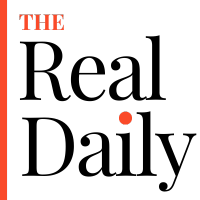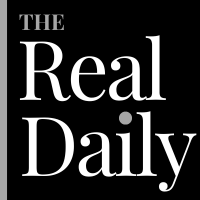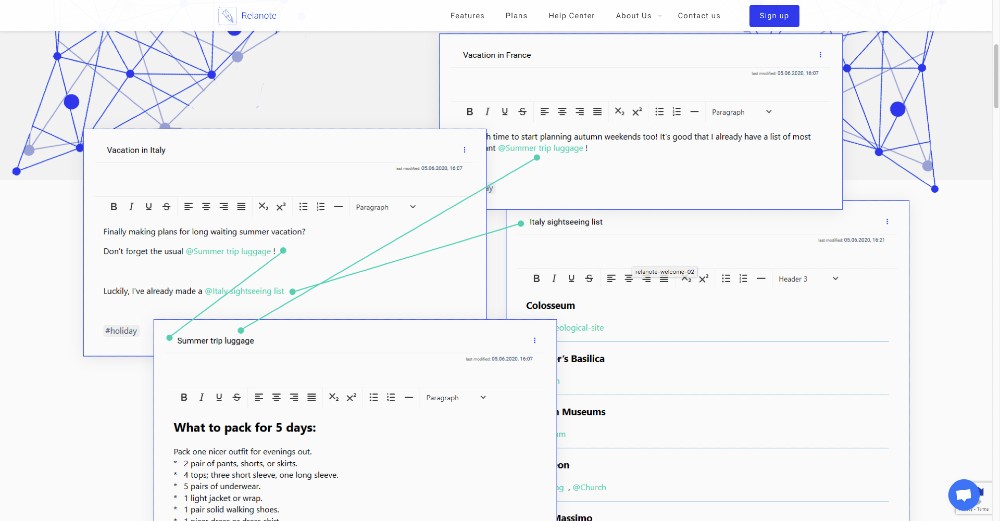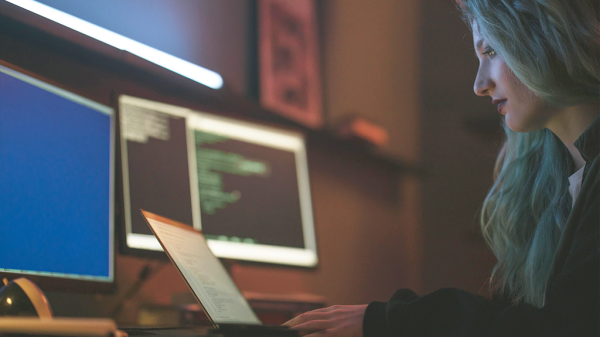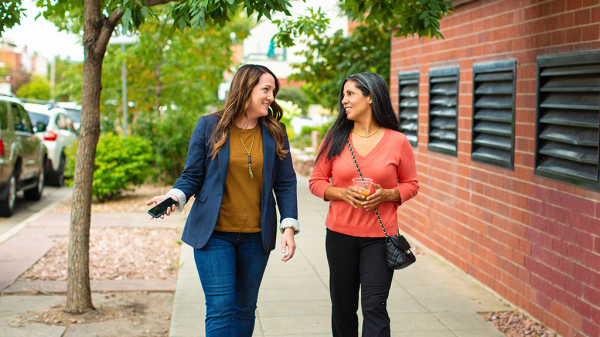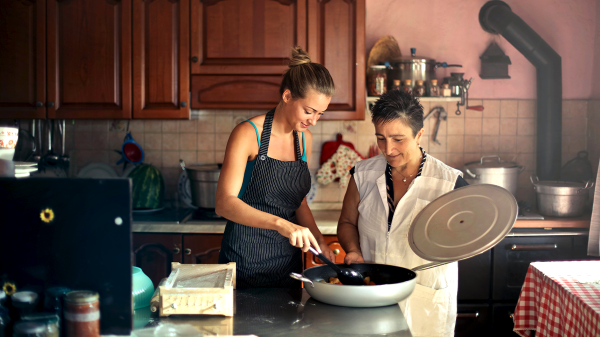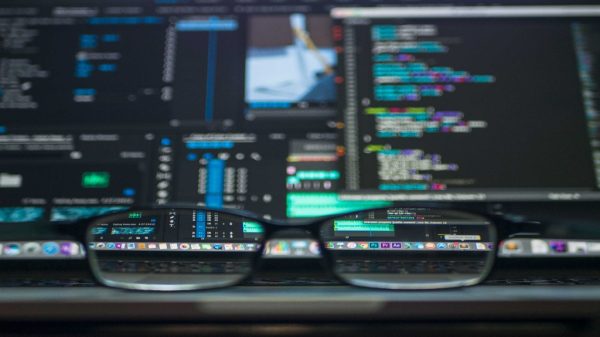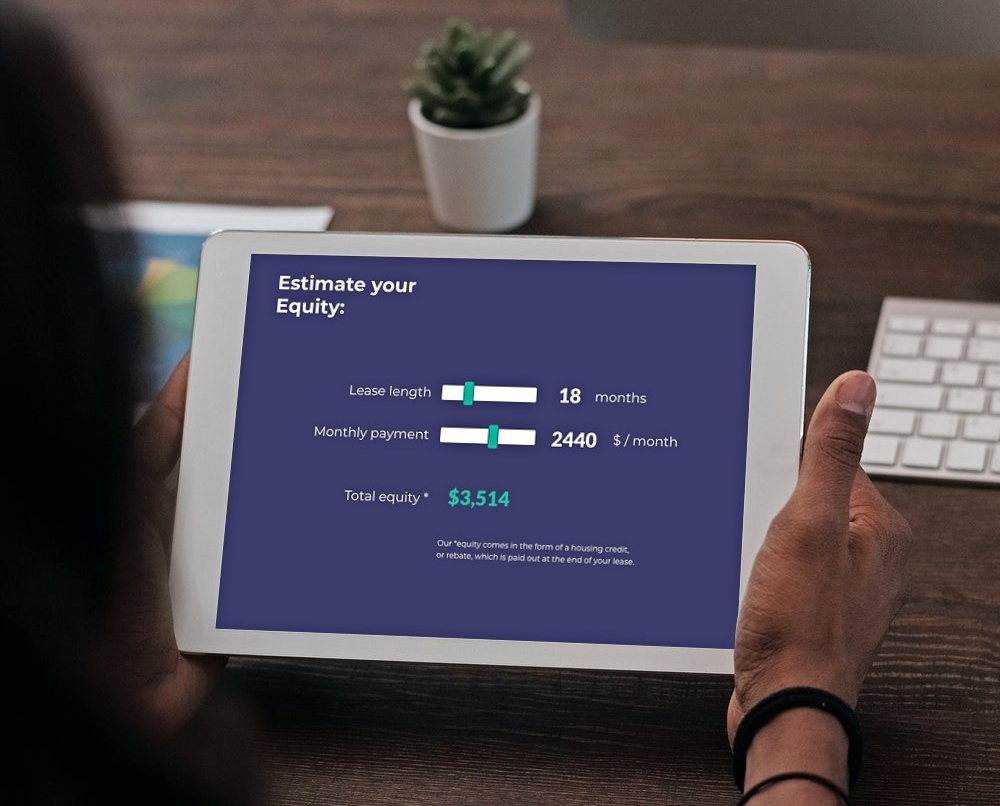Google Duo is expanding and at it couldn’t come at a better time for the renaissance of video calling. While social distancing is keeping us away from friends and loved ones, messaging services are keeping connections alive and remote working viable. Google Duo is making plans to expand group calls to accommodate 32 people, becoming a stronger competitor with Zoom and Google Meet.
Duo is catered towards families and friends through its features like doodles, masks, and the recently-launched Family Mode. Thanks to Google’s popularity with contacts and gmail accounts, it’s betting users will find convenience in the platform fluidity.
Well, WhatsApp didn’t take this challenge laying down. The app announced its moving towards support video calls with up to 50 people. The feature (currently in beta version in the desktop app), functions by transferring users into new Facebook Messenger Rooms. As of this publication, the WhatsApp mobile version only supports 8 users per call. Since it was purchased by Facebook, WhatsApp, combined with Messenger, could rise to become a widely utilized video call platform.
What’s a little confusing is why Google has 3 separate video conferencing tools at all. Google Hangouts, Google Meet, and Google Duo. Why is Google competing with itself? Surely they are splitting users between the 3 instead of backing 1 to take the top spot from Zoom. Which hand isn’t talking to a 3rd foot?
While more seems like a good idea, we’re all figuring out that there’s a critical threshold where online video call devolve into a garbled mess where people can’t get a word in or progress the conversation in a meaningful manner. Every company seems to be trying take away Zooms domination of the market by being able to add more people to a call, but why not better compression, more security, ease of use, better UI. These are the features we demand out of other programs, but I have only heard complaints, but seen no solutions.
In the meantime, we as consumers will have plenty of options to continue navigating communication and workflow in a COVID-19 world and beyond.
Staff Writer, Allison Yano is an artist and writer based in LA. She holds a BFA in Applied Visual Arts and Minor in Writing from Oregon State University, and an MFA in Fine Art from Pratt Institute. Her waking hours are filled with an insatiable love of storytelling, science, and soy lattes.
